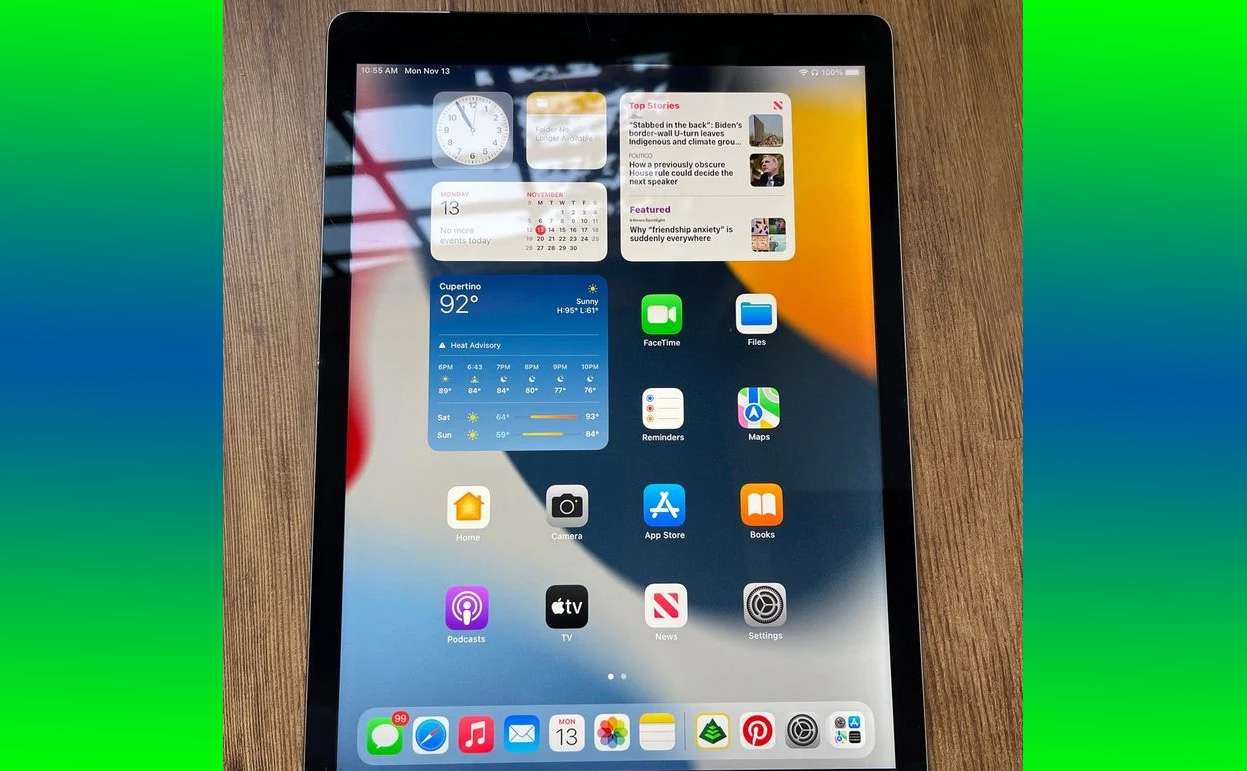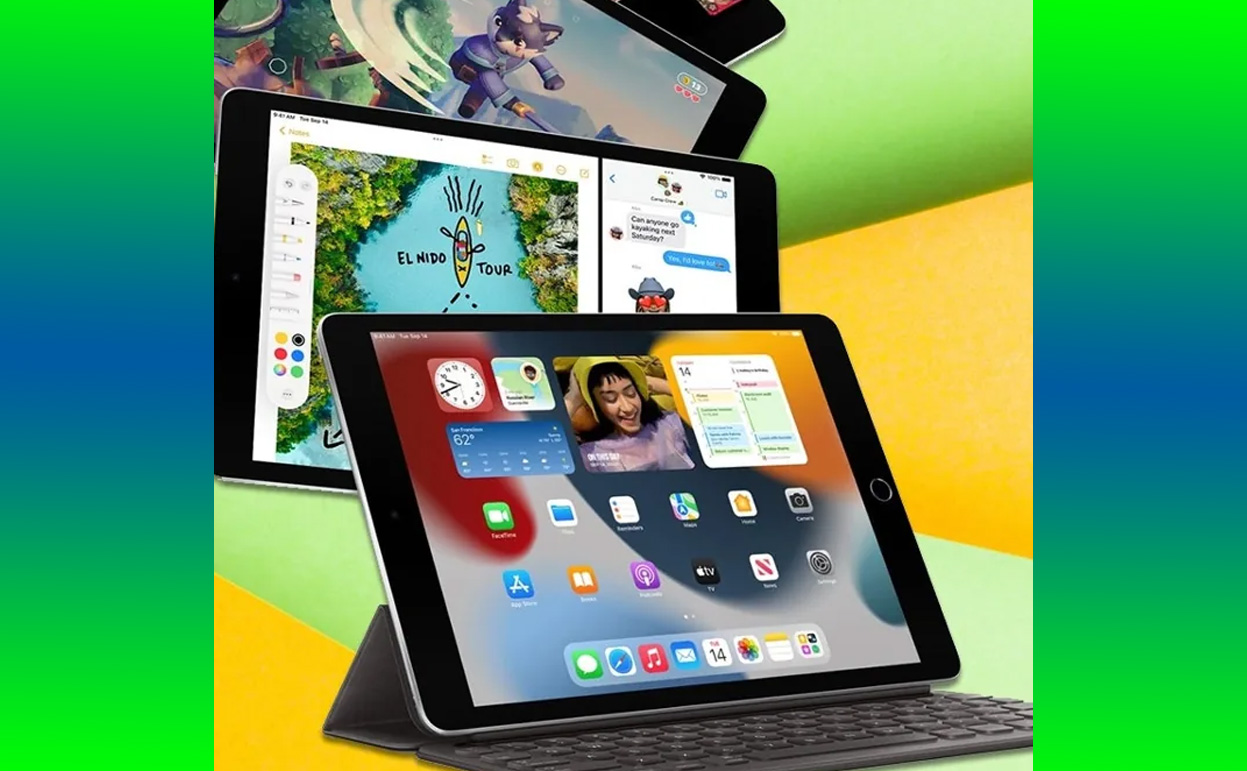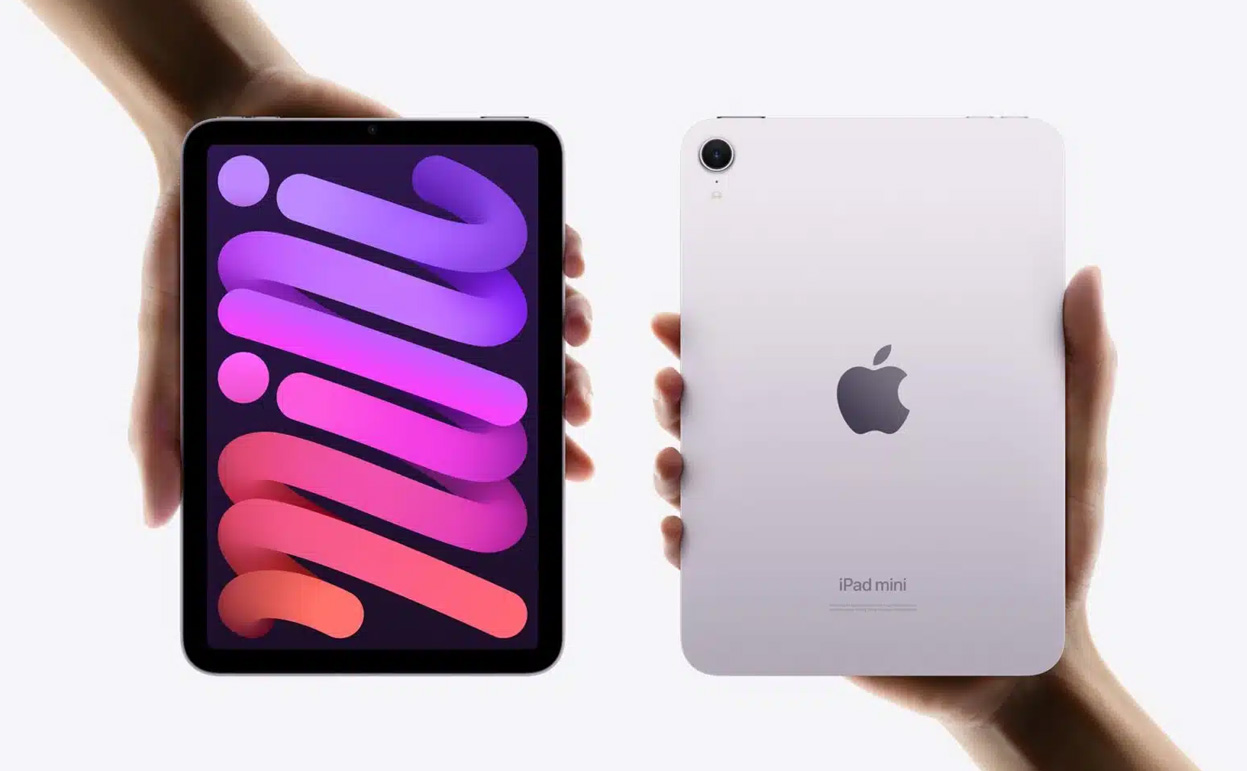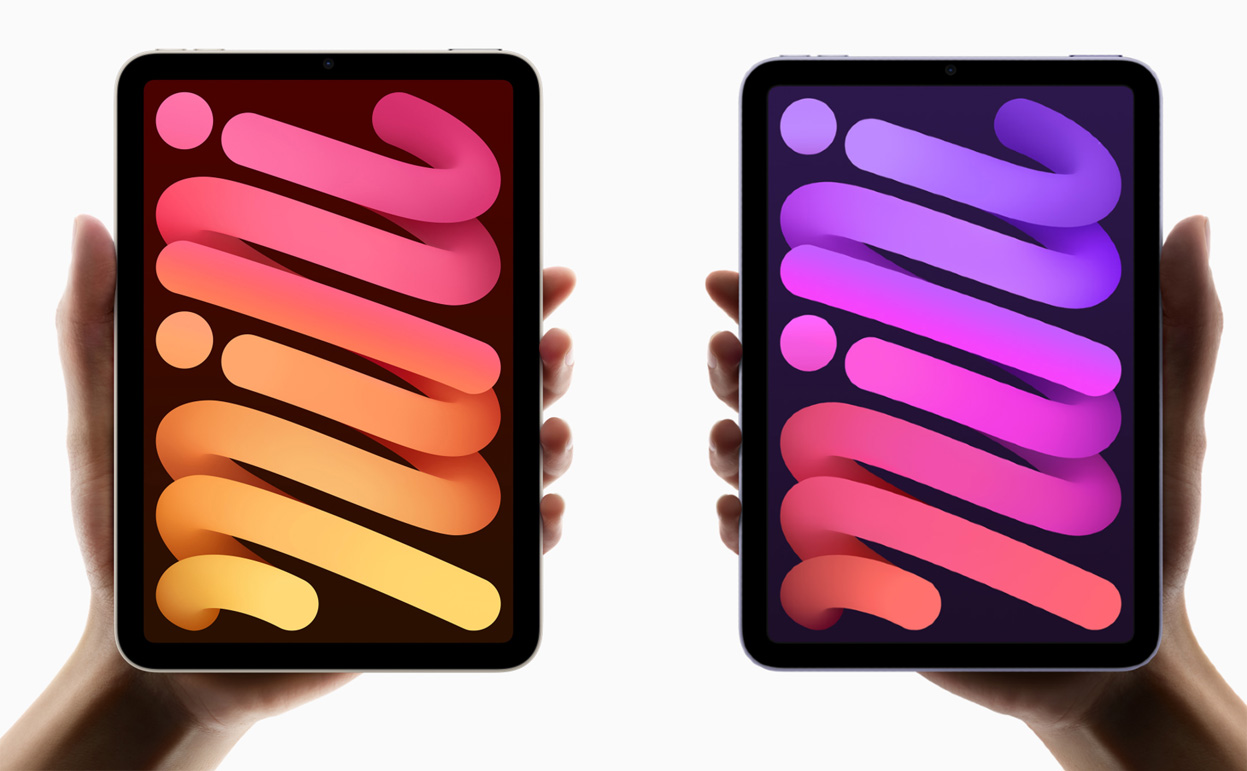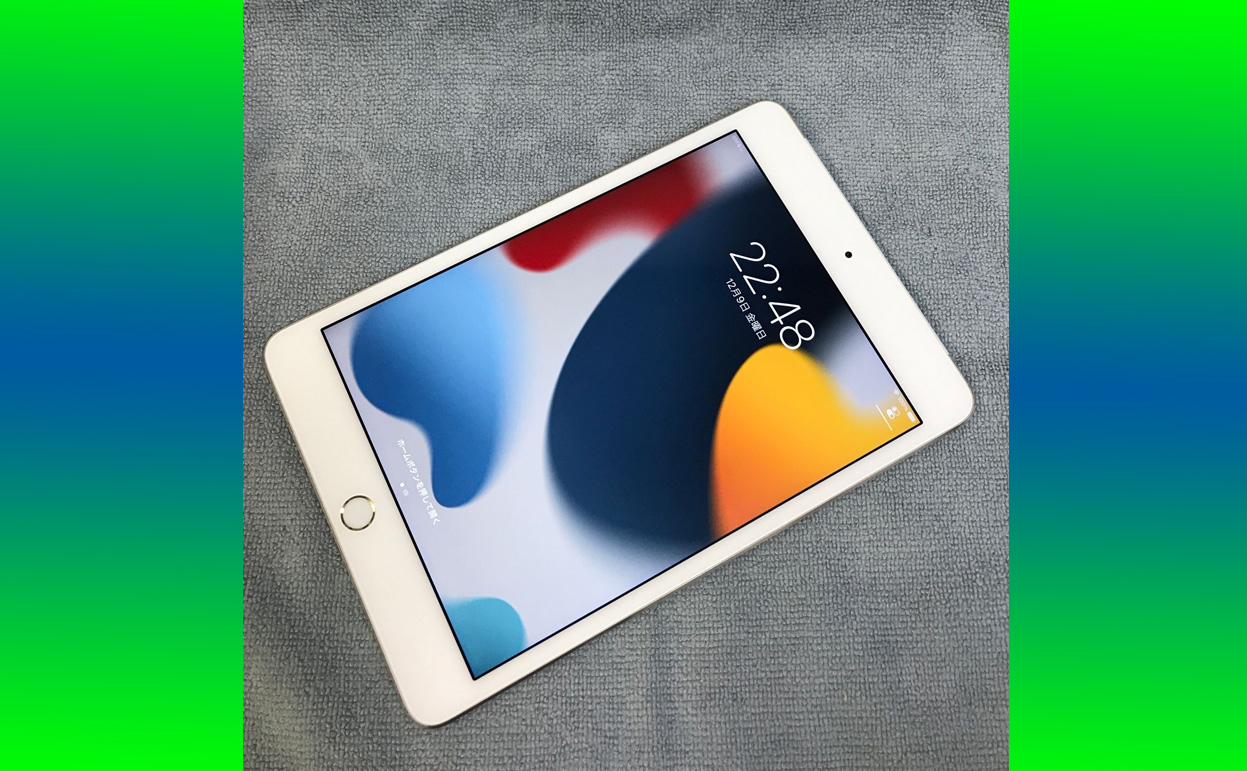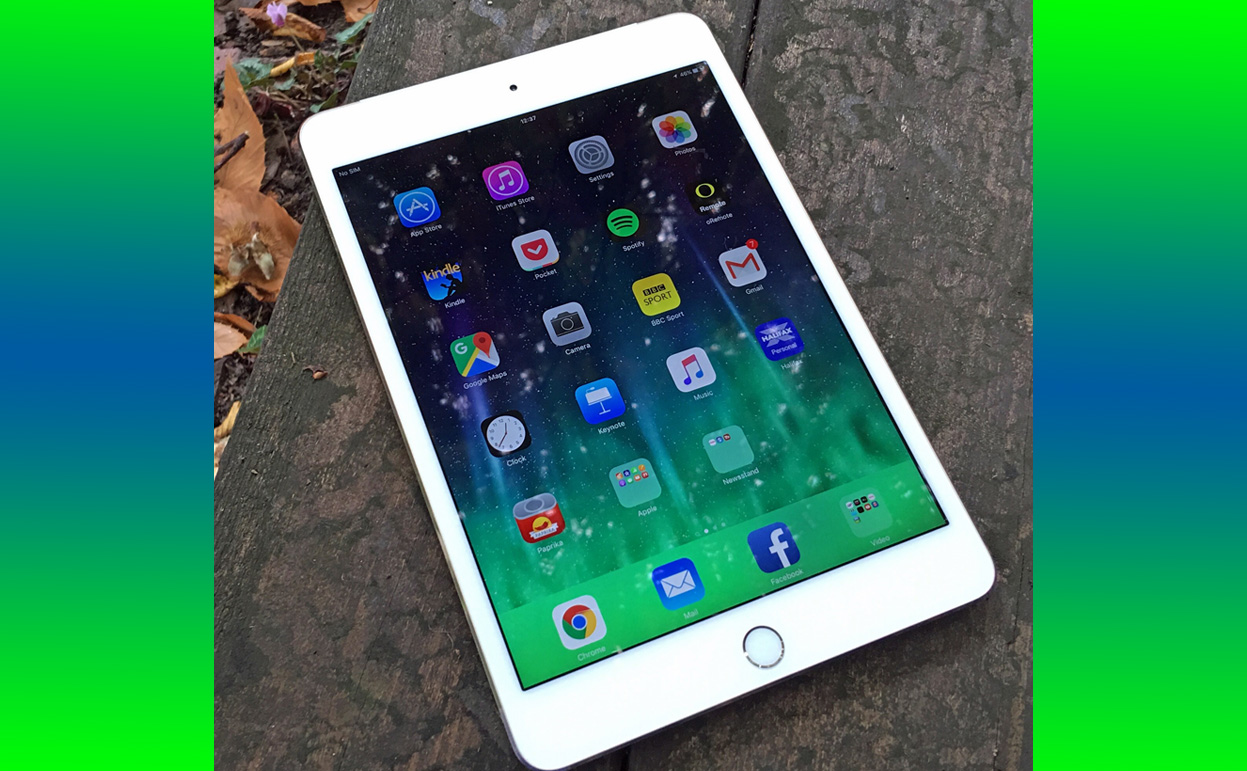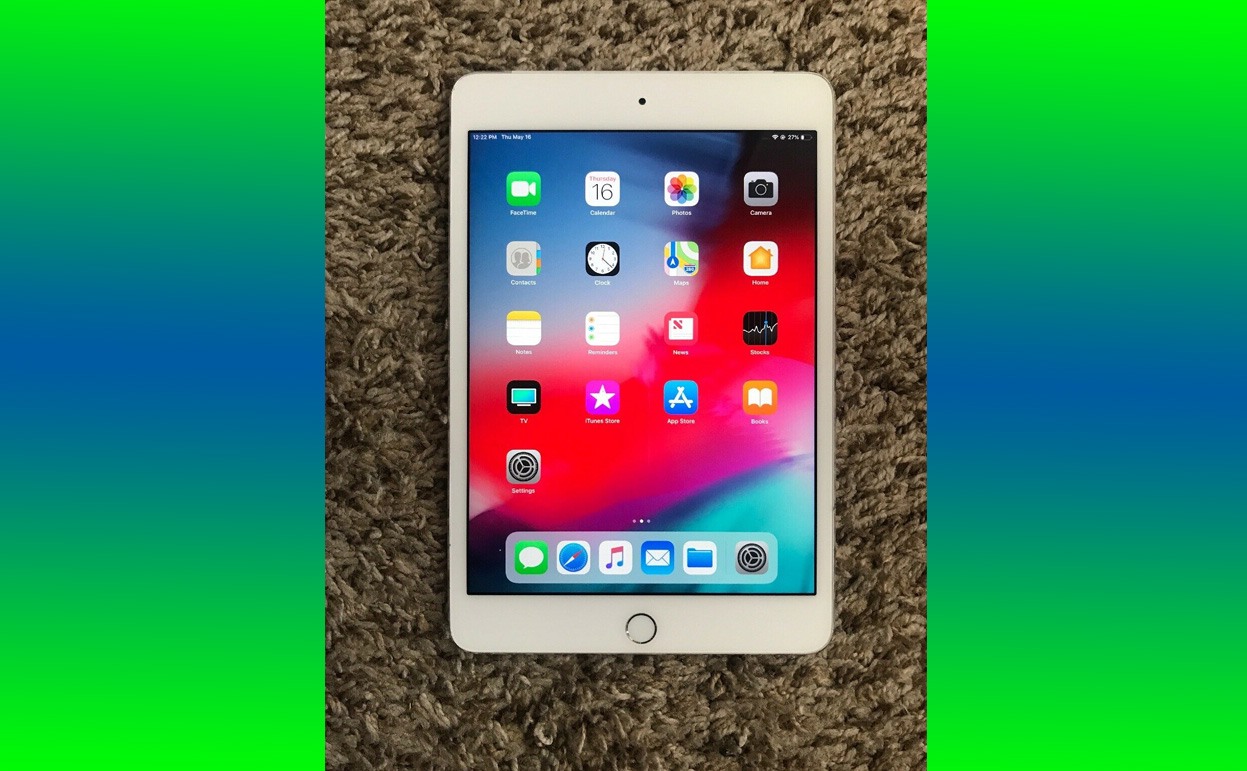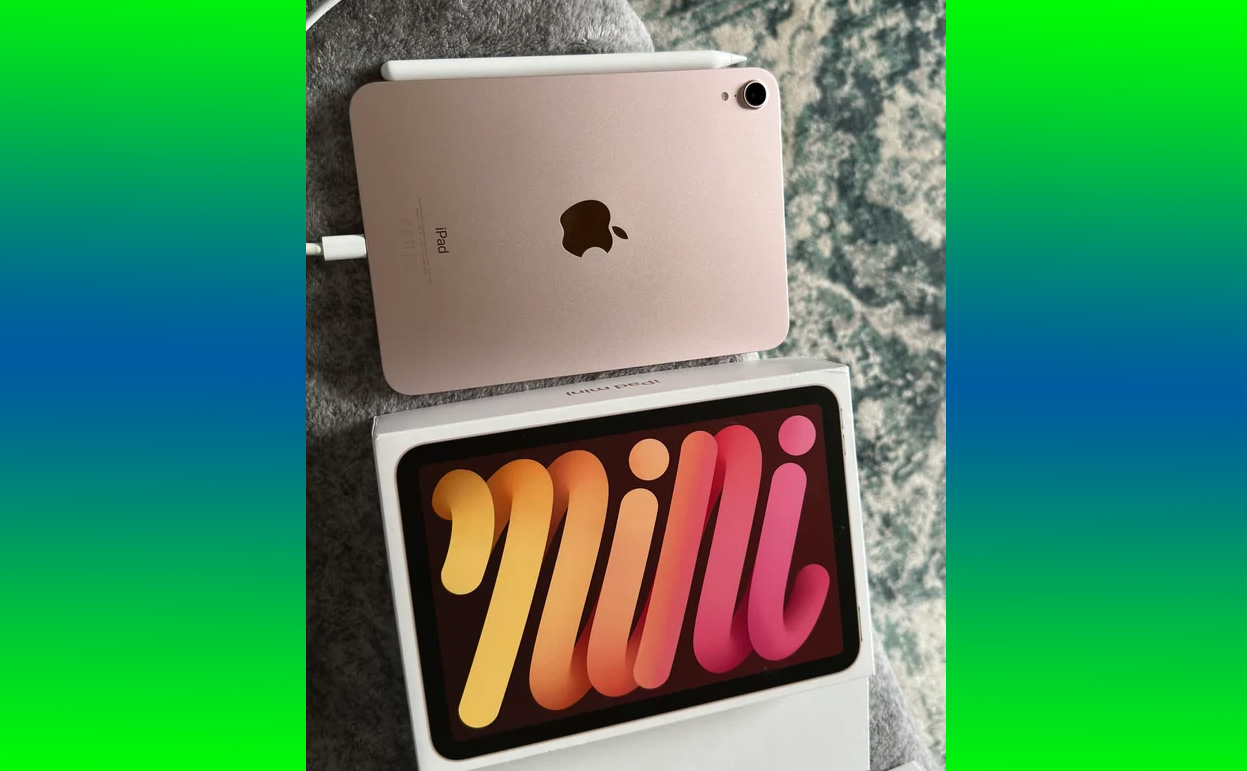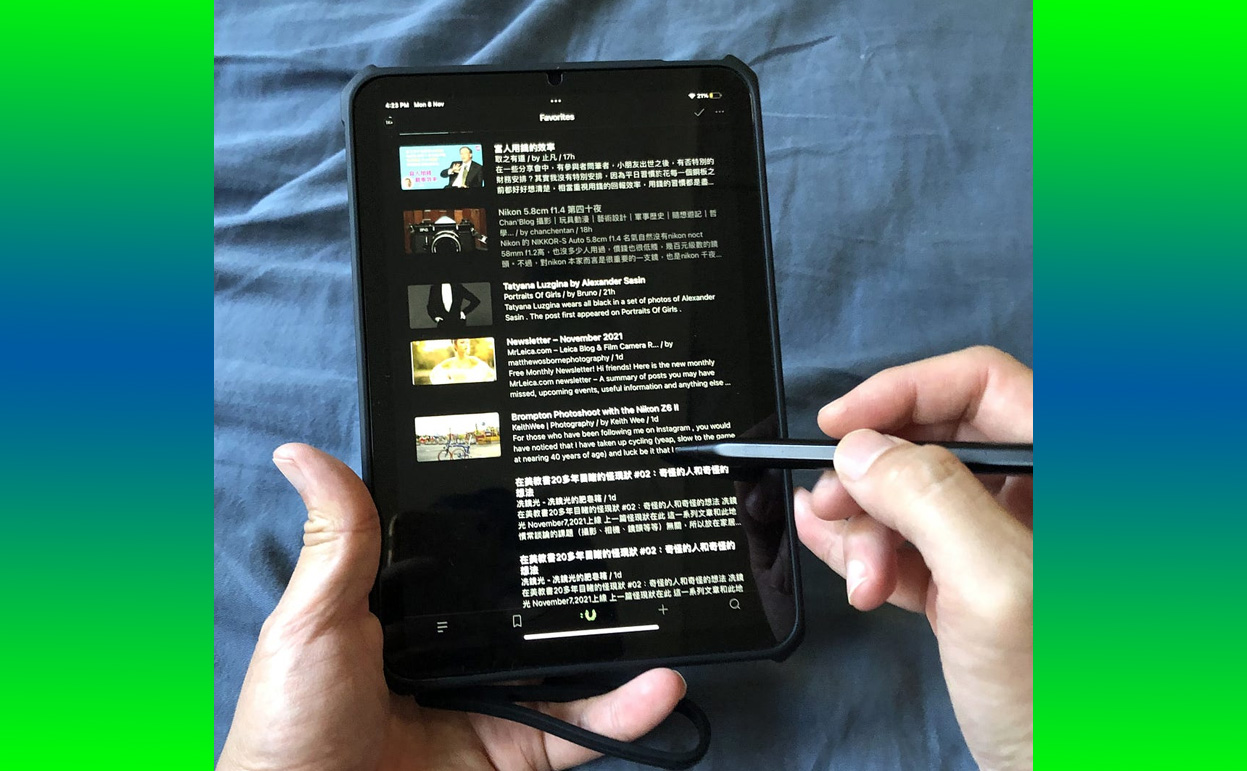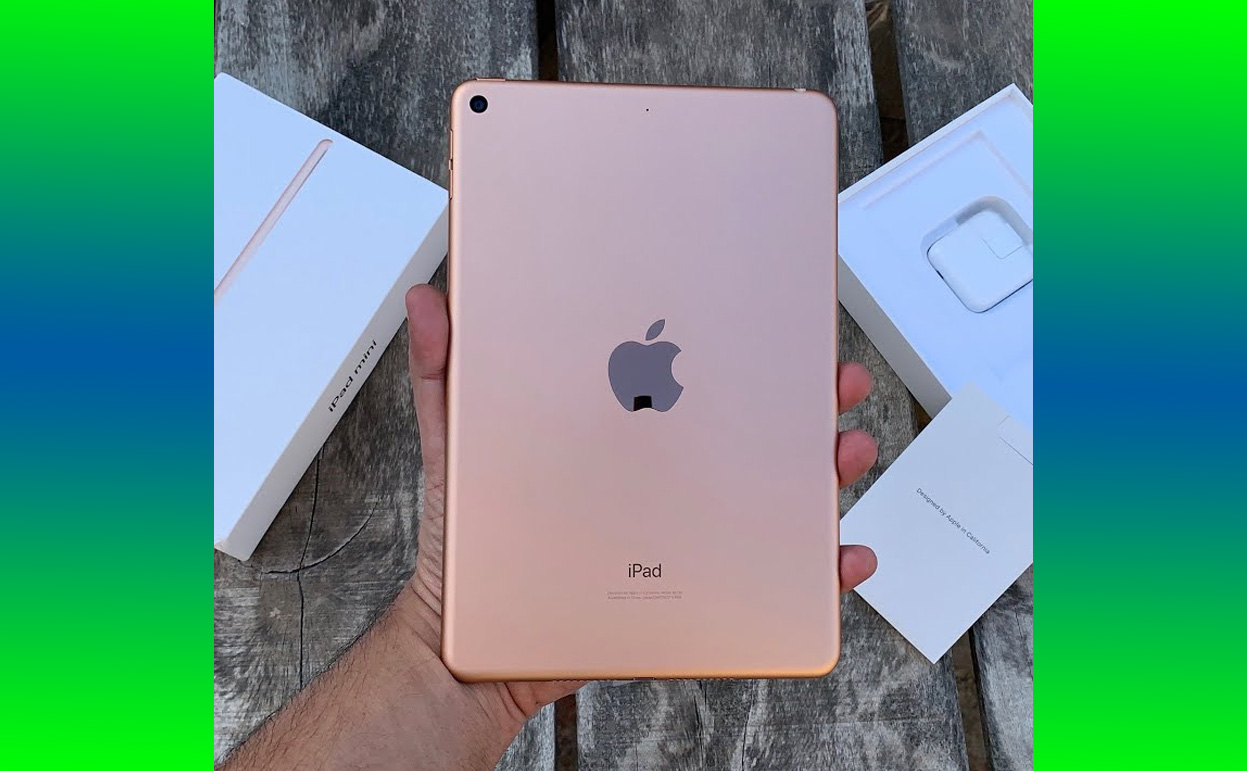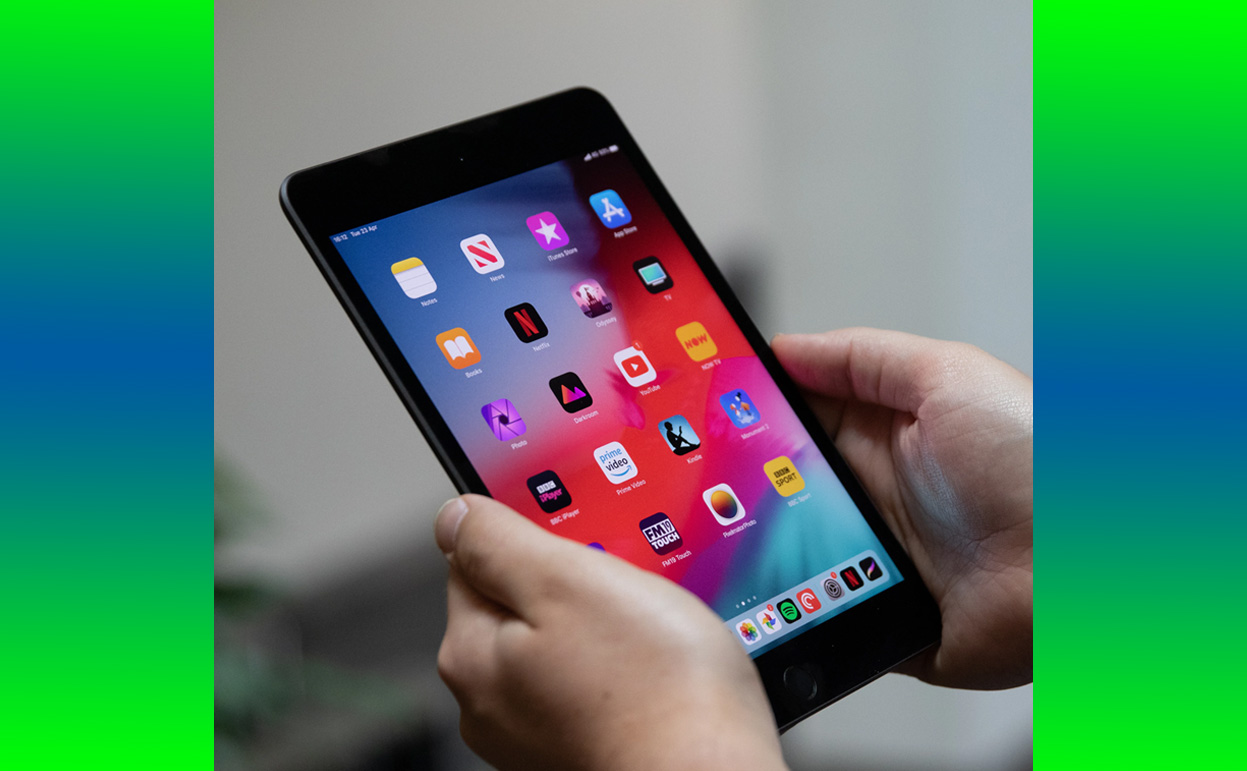The iPhone 16 has officially hit the market, and it’s taking innovation to the next level. Packed with advanced features and cutting-edge technology, Apple’s latest flagship device offers much more than what meets the eye.
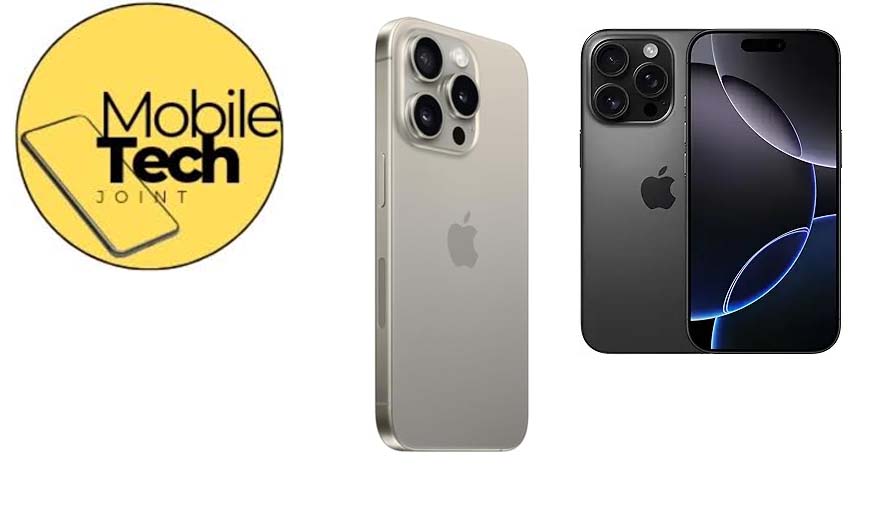
Beyond its stunning design and powerful performance lies a treasure trove of hidden features that are nothing short of game-changing. Whether you’re a tech enthusiast or a casual user, these hidden gems will enhance your smartphone experience.
iPhone 16’s Best Hidden Features
In this article, we’ll uncover the best hidden features of the iPhone 16 that make it a true standout in the ever-evolving world of smartphones.
-
Dynamic Lock Screen Customization
The iPhone 16 introduces new lock screen customization options, allowing users to:
Add widgets for quick access to weather, calendar events, and apps.
Use interactive wallpapers that respond to touch and motion.
Set different lock screens for different Focus modes.
This feature makes your lock screen more functional and uniquely yours.
-
Live Caption for Real-Time Conversations
A revolutionary feature, Live Caption on iPhone 16 transcribes conversations in real time. Ideal for people with hearing impairments or anyone in noisy environments, this tool supports:
Live phone calls and FaceTime.
In-person conversations through the microphone.
This is not only an accessibility boost but also a convenience for multitasking.
-
Enhanced Vision Pro Integration
The iPhone 16 takes augmented reality to the next level with seamless integration with Apple Vision Pro. Using your iPhone, you can:
Transfer apps and files wirelessly to the Vision Pro headset.
Use your phone as a controller for immersive AR experiences.
This synergy is perfect for gaming, virtual meetings, and creative work.
-
Invisible App Tray
Keep your home screen clean and minimal with the new Invisible App Tray feature. Apps can be hidden in a special tray accessed through a swipe gesture, leaving only the essentials visible.
Organize apps into folders within the tray.
Quickly search and access hidden apps with Spotlight Search.
This is great for decluttering while maintaining functionality.
-
Battery Health Optimization 2.0
The iPhone 16 builds on Apple’s battery management with smarter features:
The phone learns your usage patterns to optimize charging cycles.
A new Eco-Charge mode reduces power consumption during charging.
Detailed battery health reports help you monitor and extend your battery life.
-
Multi-Profile Face ID
Sharing your iPhone with family or colleagues is now easier. The new Multi-Profile Face ID allows you to:
Add up to five profiles for different users.
Each profile can access personalized settings and apps.
This feature combines security with convenience, perfect for families and teams.
-
Hidden Photo Album Lock
Keeping your private photos secure just got simpler. The iPhone 16 lets you lock individual albums in the Photos app with Face ID or a passcode. Features include:
Hidden photos not showing up in searches or widgets.
Secure sharing options with time-limited access.
-
Advanced Gesture Controls
Apple’s gesture system is now more advanced than ever:
Use hand movements to control apps and navigate menus.
Customize gestures for specific actions like taking a screenshot or opening an app.
This feature provides a futuristic way to interact with your device.
-
Offline Siri Commands
Siri now works even when you’re offline. With faster on-device processing, you can use commands like:
Setting alarms and reminders.
Controlling settings like Wi-Fi, Bluetooth, and Airplane Mode.
Offline Siri ensures your tasks are completed even without internet access.
-
Smart Sound Recognition
The iPhone 16 can identify specific sounds and notify you in real time. This is particularly useful for:
Recognizing alarms, doorbells, or baby cries.
Customizing sound recognition for unique noises.
This feature boosts safety and convenience, especially for those with hearing challenges.
-
ProMotion Display with Adaptive Refresh Rates
The iPhone 16’s ProMotion display adjusts refresh rates intelligently based on the content. Enjoy:
Up to 120Hz for smooth gaming and scrolling.
Lower refresh rates to conserve battery when reading or watching static content.
-
iOS-Exclusive Focus Filters
Focus modes on the iPhone 16 are smarter and more tailored:
Apply app-specific filters, such as silencing work emails during personal time.
Schedule modes based on location, time, or activity.
This feature ensures you stay focused without unnecessary distractions.
-
Augmented Reality Navigation
The Maps app now includes augmented reality for walking directions. Simply lift your phone, and arrows and markers overlay the real world, showing you exactly where to go. This makes navigating cities much easier and more intuitive.
-
Quick Notes on the Go
With the new Quick Notes feature:
Swipe up from the corner of the screen to jot down notes instantly.
Attach photos, links, or files directly to your notes.
This is perfect for capturing ideas on the fly.
-
Privacy Dashboard
Apple strengthens its privacy game with a new dashboard that provides:
A summary of app permissions and data usage.
Notifications when apps access sensitive information.
This transparency keeps you in control of your data at all times.
Conclusion
The iPhone 16 is not just about its sleek design and powerful performance—it’s packed with features designed to make life easier, more secure, and more enjoyable. Whether you’re an avid tech enthusiast or someone seeking convenience, these hidden features are sure to enhance your experience.
FAQs
Are all iPhone 16 features available on older models?
Some features are exclusive to the iPhone 16 due to hardware updates.
How do I enable hidden features on the iPhone 16?
Most features can be accessed through Settings or by updating to the latest iOS version.
Can I disable certain features if I don’t use them?
Yes, many features can be customized or turned off in Settings.
CHECK THESE OUT:
